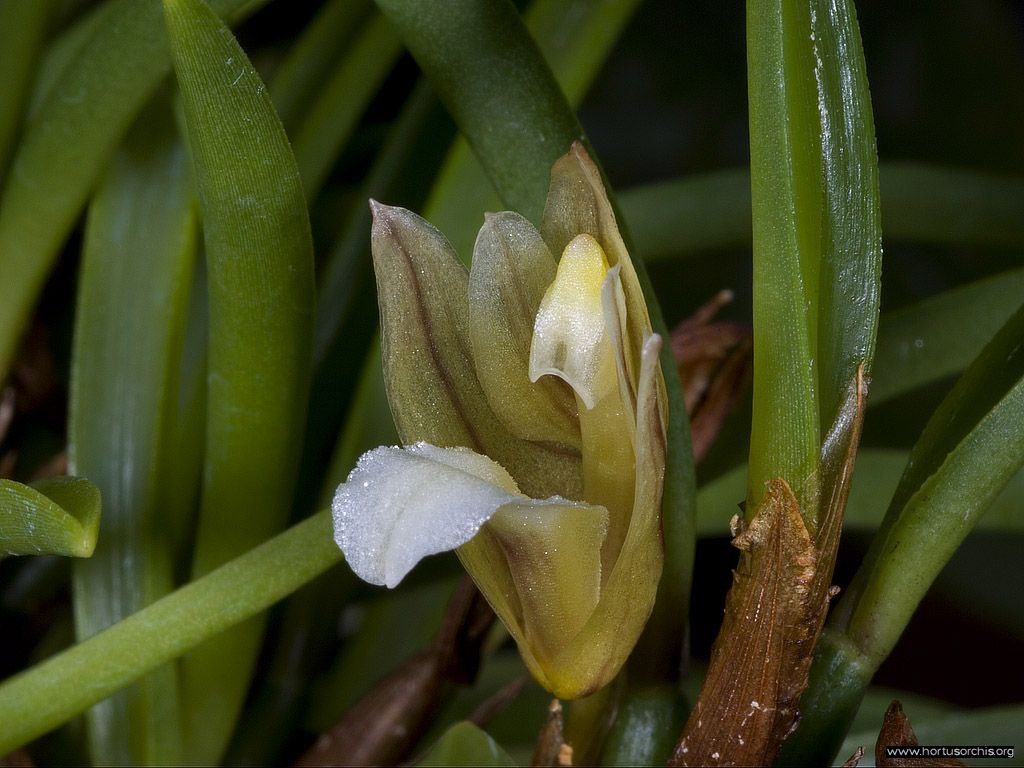| |
|
|
| taxonomy |
described by |
(Lindley) Dszlachetko, Darius & Mytnik-Ejsmont, Johanna & Gorniak, Marcin & Suriszek, Magdalena |
| |
published in |
Polish Botanical Journal 51 ( 1 ) : 59 21 jul 2006 |
| |
|
|
| |
family |
Orchidaceae |
| |
subfamily |
Epidendroideae |
| |
tribe |
Cymbidieae |
| |
subtribe |
Maxillariinae |
| |
genus |
Christensonella Dszlachetko & Mytnik-Ejsmont & Gorniak & Suriszek 2006 |
| |
|
|
| |
metabolism |
CAM pathway, stomata of the leaves are open at night. |
| |
|
(K.Silvera, L.S. Santiago, J.C. Cushman, K. Winter - International Symposium on Plant Biology, August 2013) |
| |
|
it is useful give the soluble mineal nutriens, on the roots. |
| |
|
|
| native of |
origins |
rainforests in Guatemala, Costa Rica, Panama (Cerro Jefe), Guyana (Kaieteur Savannah, Demerara), |
| |
|
Suriname (Sipaliwini), Colombia (Antioquia, Anorì, Turbo, Chocò, Riosucio, Valle del Cauca), Ecuador, |
| |
|
Brazil (Parà, Rio Cucua, Roraima, Ilha de Maracà, Amazonas, Manaus, Reserva Ducke, Itapiranga, |
| |
|
turnout between Rio Uamatã and Rio Pitinga, ) |
| |
altitude |
10 - 600 m (33 - 1980 ft) |
| |
habitat |
climate informations from Buenaventura (Valle del Cauca, Colombia) |
| |
|
Köppen climate classification : Af, humid tropical climate of the rainforest |
| |
|
(no winter season, more abundant rainfall) |
| |
|
the weather station data (temperatures are calculated for an altitude of 300 m / 990 ft) : |
| |
|
 |
| |
photoperiod |
in Buenaventura this orchid bloom with a photoperiod, that varies during the year, from 12 h 14 m' to 11 h 46 m' |
| |
life form |
epiphyte |
| |
brightness |
partial shade |
| |
|
|
| inflorescence |
length |
0,5 cm (0.2"), basal |
| |
nr flowers |
1 |
| |
size |
single flower 1 L 0.7 cm (0.4 L 0.28") |
| |
duration |
single flower, ≈ days |
| |
time |
to bloom from birth, ≈ days |
| |
|
|
| CITES |
appendix |
II |



